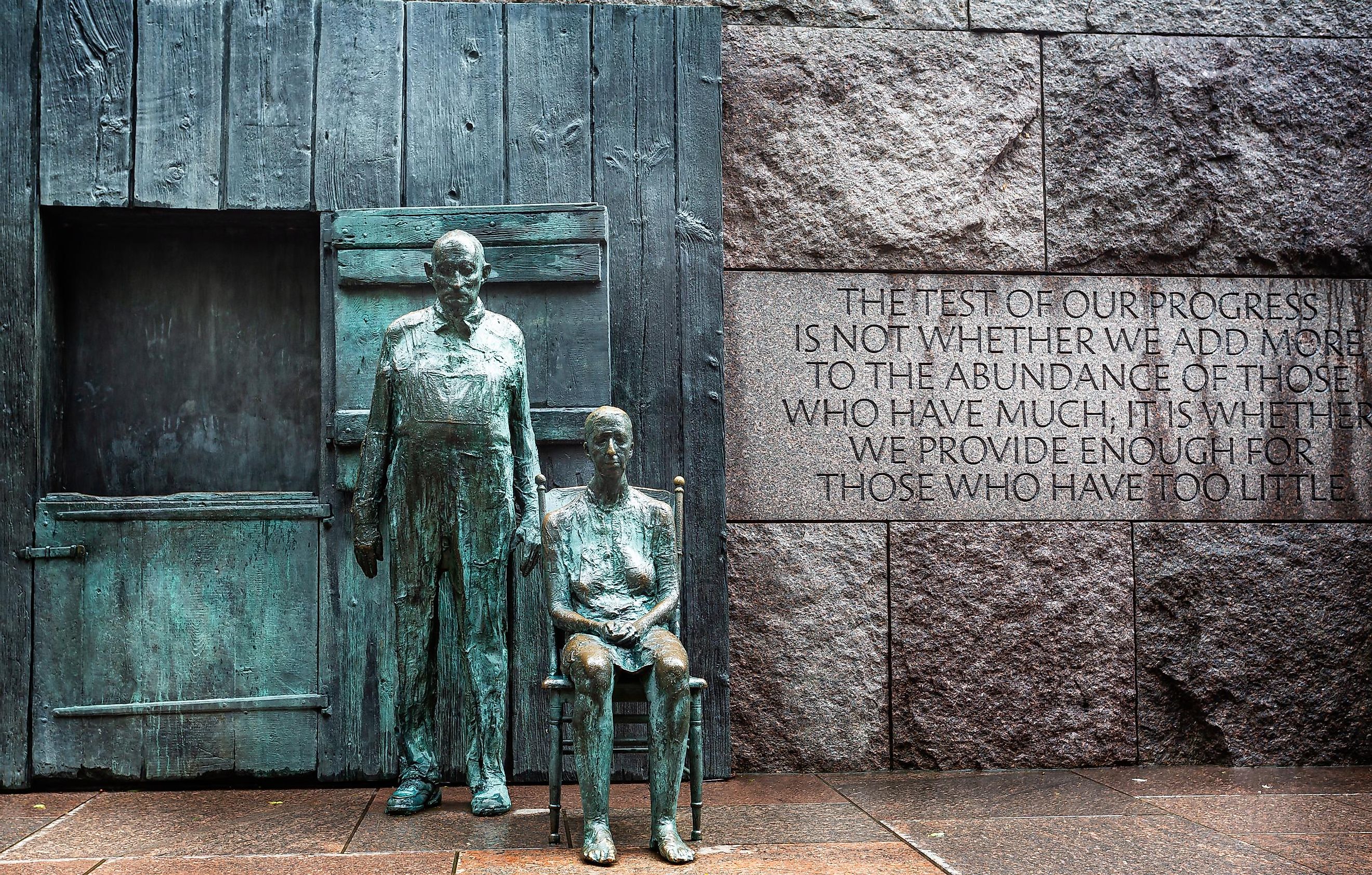
The Wall Street Crash Of 1929
In October 1929, the American stock market crashed, signifying the beginning of the Great Depression. The story of this event is complex. It requires an understanding of the First World War and its economic consequences. It also demands knowledge of the cultural and economic climate of the United States at the time. Finally, it requires an awareness of the Great Depression and how it helped lay the groundwork for the Second World War. Indeed, without all these components, the 1929 Stock Market Crash's nuances, complexities, and historical significance would not be clear.
World War One And The "Roaring Twenties"
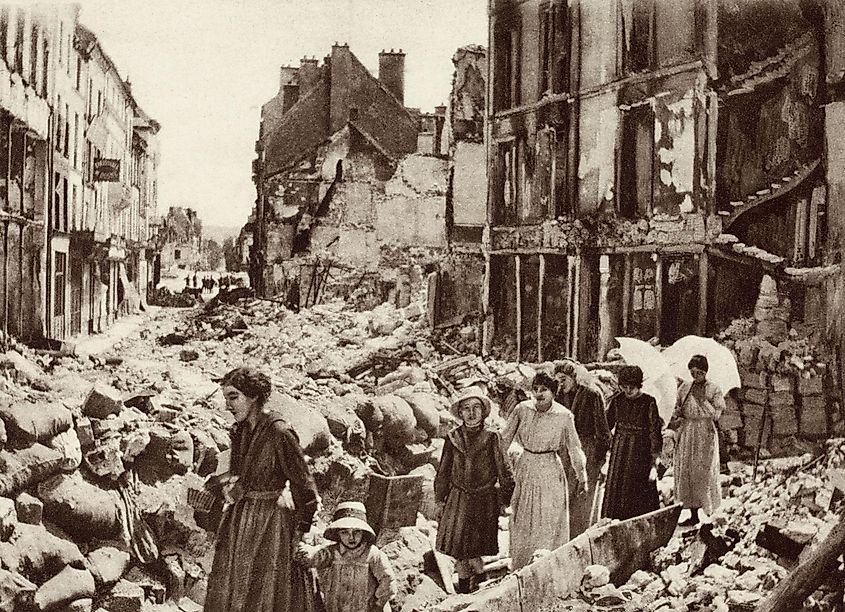
The full impact of World War One (1914-1918) is hard to comprehend. The death toll was between 15-22 million people, and the entire European continent was essentially annihilated. The United States did not escape untouched. Having entered in 1917, they lost a little over 100 000 thousand soldiers. A new world order also emerged from the ashes of the conflict, with the League of Nations becoming the first major intergovernmental organization established to maintain world peace and self-determination emerging as a norm in the international sphere (at least for European countries).
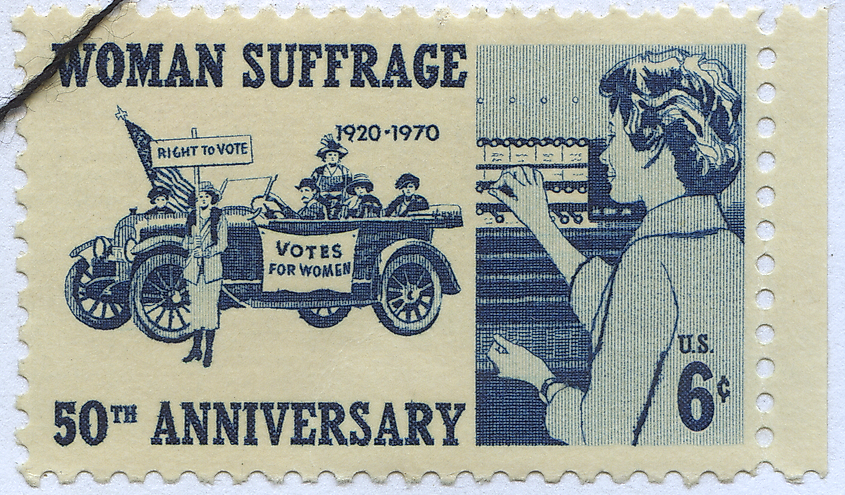
Due to these shifts abroad, many viewed the aftermath of World War One as an opportunity to break from tradition and forge more modern societies at home. Therefore, across the United States (and Europe), previously rural people traveled to cities to pursue a supposedly more prosperous life. This growth in urban environments coincided with the development of new technologies, from automobiles to films, to the radio. New styles of music emerged as well, the most notable of which was jazz. The passage of the 19th Amendment in 1920 then gave women the right to vote, allowing half of Americans more freedom than ever before. All these factors, and more, made up the social component of the "Roaring Twenties."
The United States Economy In The 1920s
These social changes were accompanied and largely enabled by major economic shifts. As much of Europe had been destroyed, the US was now responsible for about half of the world's total economic output. Therefore, apart from a brief recession from 1920-1921, American unemployment never rose above 4% throughout the 1920s. Furthermore, per capita gross domestic product (GDP), though unevenly distributed, grew from $6,460 to $8,016 per person. In total, GDP rose from $688 billion in 1920 to $977 billion by 1929, and the American economy grew 42% during that same period.
The stock market was also very strong. Despite a brief blip in 1920, the Dow Jones Industrial Average rose from 63.9 points in August 1921 to 381 points by October 1929. The reasons for this increase were as follows. First, as demonstrated above, the American economy was genuinely strong, meaning that businesses performed well. However, another reason was the creation of margin trading, in which investors could borrow money from existing positions to buy even more stocks. Moreover, speculation, when people buy and sell stocks quickly to make a short-term profit, also helped buoy the market. These last two factors led to stock prices increasing based on artificial influxes of money rather than business fundamentals.
1929
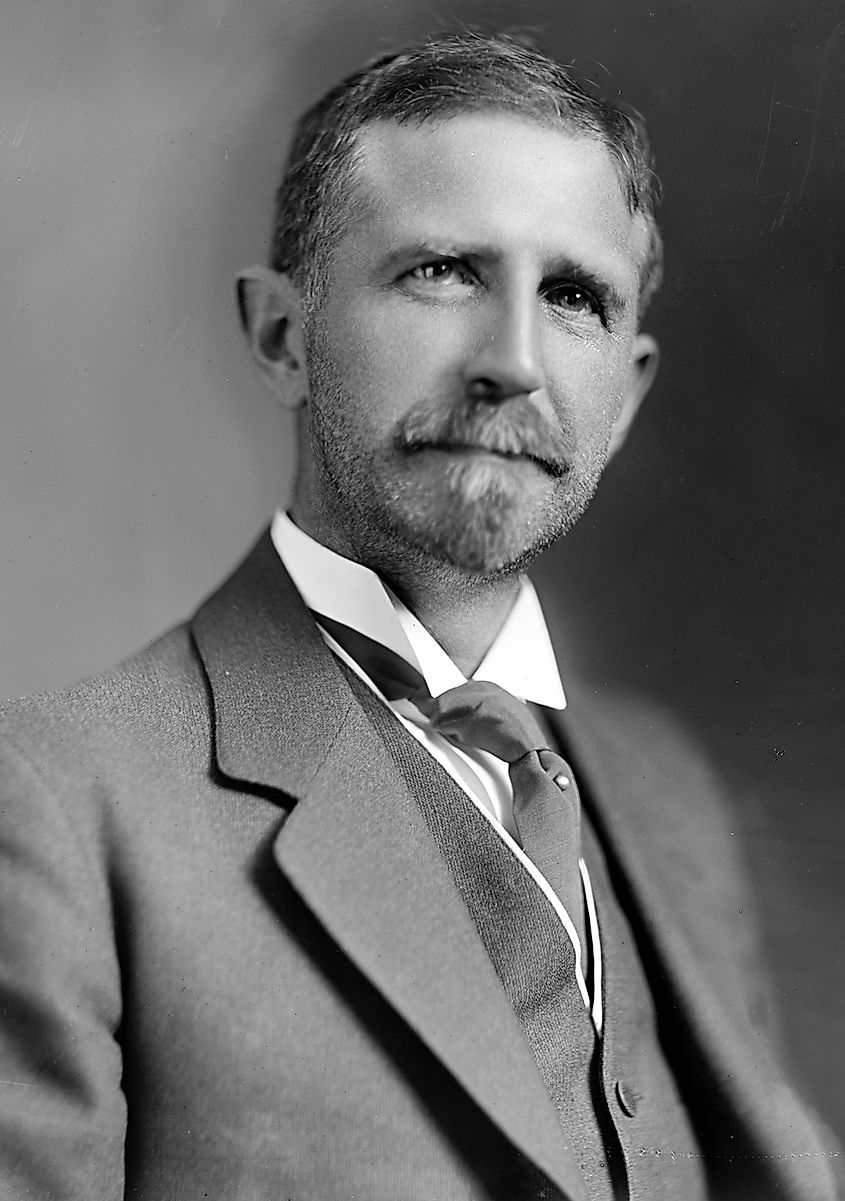
By 1929, many believed that the stock market would rise indefinitely. Nonetheless, after the Federal Reserve warned of increasing speculation on March 25, the market briefly crashed. Around the same time, the American economy, in general, was showing signs of slowing down, with steel production decreasing, car sales declining, and rising consumer debt levels. Despite this turmoil, stocks continued their climb in June and reached new highs in September. However, after a September 5 speech by economist Roger Babson proclaiming that "sooner or later a crash is coming," the market dropped 3%. Then, on September 20, British investor Clarence Hatry was jailed for fraud, prompting further uncertainty amongst American investors. The crash of 1929 had begun.
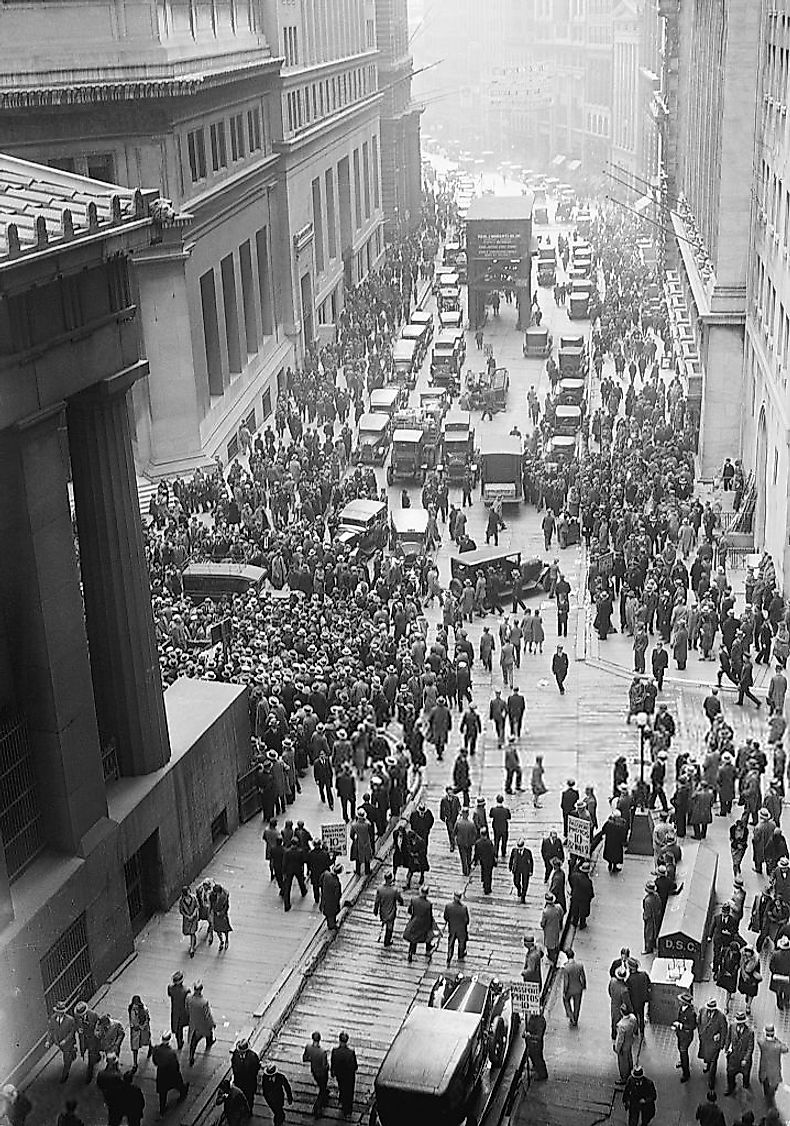
While September signified the beginning of the crash, October saw the plummet. On October 24 (Black Thursday), the market opened 11% lower than the previous day. This drop was somewhat lessened by major banks and investment firms pouring money into the market in an attempt to quell fears. But, when the market reopened on Monday the 28th (Black Monday), it ended the day down 13%. Stocks continued to decline for the better part of three years, bottoming out in July 1932. Furthermore, they would not again reach their September 1929 highs until November 1954, 25 years after the crash.
Aftermath And Consequences
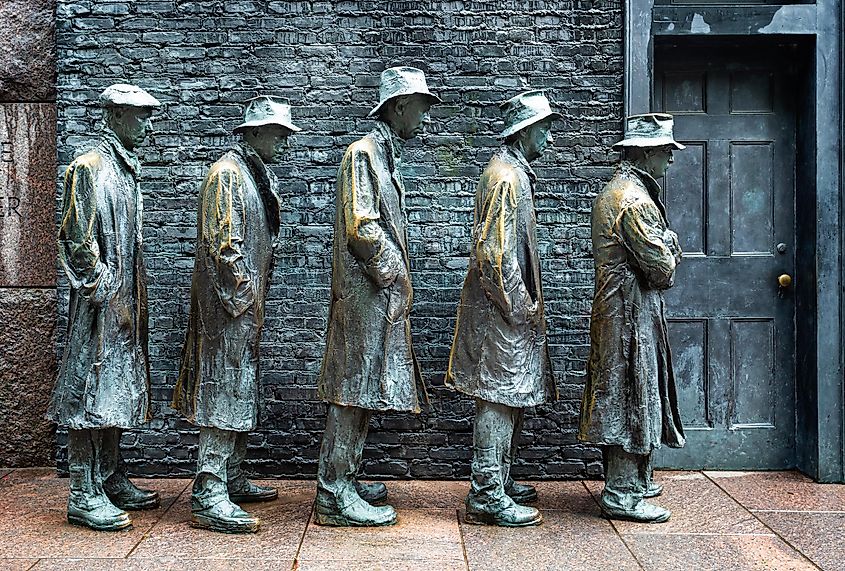
The Stock Market Crash of 1929 ushered in the worldwide Great Depression. Different countries had different responses to the new economic climate. The United States saw the election of Franklin Delano Roosevelt (FDR) and the introduction of his New Deal, a series of programs and regulations designed to help those facing financial difficulties. However, in Germany, anger due to the Great Depression, previous economic challenges, and World War One-based grievances led to the rise of Adolf Hitler. His militaristic, racist, annihilistic, and genocidal intentions then prompted the beginning of the Second World War.
In conclusion, the Wall Street Crash of 1929 was a formative event for the 20th century. The circumstances that allowed it to occur can be traced back to World War One. Moreover, it led to the Great Depression, which contributed to significant political shifts throughout the world and the beginning of the Second World War. Finally, apart from the geopolitical implications, the Crash is an important reminder of the consequences of greed and recklessness.











